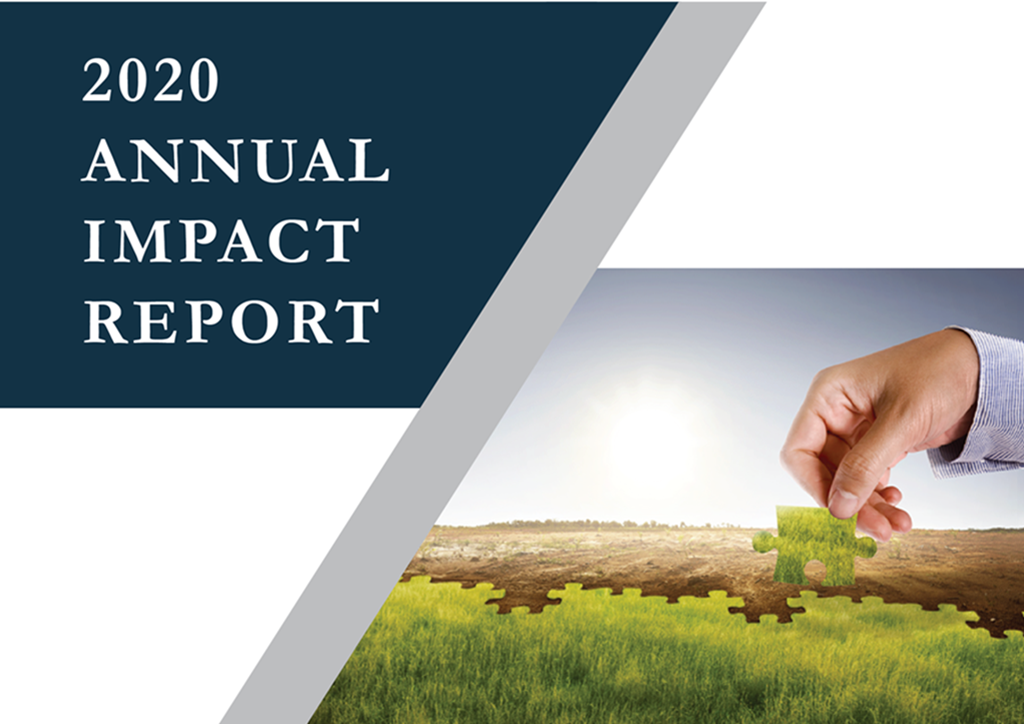ABOUT OUR PERSPECTIVE ON SUSTAINABLE INVESTING
The Concept
Sustainable investing is an investment discipline that incorporates environmental, social, and corporate governance (“ESG”) considerations.[1] Investors who adhere to sustainable investing believe that investment targets better positioned to address future challenges can generate both favorable long-term financial returns and positive societal impacts.[2]
Sustainable Investing in the Past
Long before the term “sustainable investing” was coined by the Rockefeller Foundation, investors have been investing in companies whose environmental, social, and corporate governance practices align with their personal or societal values. During biblical times, ethical investing was mandated by Jewish law, while the Qur’an bans investment in alcohol, pork, gambling, and certain precious metals. In the 18th century, the Methodists restricted themselves from investing in companies that produce liquor and tobacco products or promote gambling.[3] In the 19th century, the Quakers actively avoided investments that support slavery or war. Although such early value-driven investors seem to have incorporated ESG factors into their decision-making process, their unique value sets do not provide a universal assessment of the investment target’s sustainability. They did, however, lay out the foundation on which sustainable investing would emerge.
The modern shareholder responsibility movement, an essential catalyst to the formalization of modern sustainable investing, started with the Project for Corporate Responsibility embarking on “Campaign GM” in the spring of 1970.[4] Calling on General Motors to have greater openness in the boardroom and take on greater corporate social responsibility, the group highlighted the possibility of shareholder activism by placing these two proxy issues in front of GM despite neither being adopted. The Investor Responsibility Research Center (“IRRC”) was founded two years later and played an important role in divestment from South Africa when shareholder activism reached a new high.[5] In 1976, events in Apartheid South Africa angered American investors. While some Americans called for a complete withdrawal of U.S. capital from the country, others believed that American companies operating in the country could become a force for change. Rev. Leon Sullivan, one of the board members of General Motors, formulated the Sullivan principles of equal employment opportunity in 1977.[6] Many American companies signed the Sullivan principles and pledged to advance Black South Africans’ interests.
The 1980s were also an important milestone in the modern history of sustainable investing. The nuclear disasters of Chernobyl and Three Mile Island heightened awareness and interest in excluding sin stocks — companies that operate in alcohol, gambling, tobacco, and nuclear industries —and led to more formal recognition of sustainable investing. US Sustainable Investment Forum was then launched in 1984.
While impact investing has its origins in impact-conscious negative screening or removing certain companies or themes from a portfolio, the discipline has now evolved to include positive tilts. Investors are now proactively making investments in companies that are making or intend to make a positive impact.
Sustainable Investing Now
As investors began to systematically incorporate responsible investing principles into their investment strategy throughout the 2000s, ESG analysis emerged as a popular strategy. This analysis takes the company’s environmental stewardship, responsible treatment of employees, and implementation of good governance policies into account when making investment decisions. Thus, an ESG investment strategy can help investors identify and proactively invest in companies with lower operating expenses and greater long-term value. Since the UN Sustainable Development Goals (“SDGs”) were launched, many investors have also incorporated them into their investment selection and engagement process.
The estimated size of the ESG investment space varies from US SIF’s $51.4 trillion[7] in assets under management at the start of 2020 to GIIN’s $715 billion[8] in 2019. Both sources, however, have observed a significant growth of interest in ESG investing. US SIF’s 2020 estimate saw a 42% jump from its 2018 estimate,[9] while GIIN’s estimate grew by 20% from 2018[10].
Alongside the growth of sustainable investing, the available ESG data to which investors have access is also growing. As companies realized that they must actively respond to and address issues such as racial and gender inequality, climate change, and irresponsible corporate practices to be better positioned for the future, they began to self-report ESG data. With the greater availability of ESG data, investors are now developing innovative methodologies that can better quantitatively measure a company’s initiatives and associate their value with ESG performance. Such quantitative methods would help investors better compare investment choices and make sure their capital can generate the greatest impact or alignment with their missions.
Performance
Even though impact investors align their investment choices with their own value sets and missions, many have specific financial goals in mind. According to GIIN’s 2020 Annual Impact Investor Survey results, most, or 68%, of the impact investors who responded to the survey expect risk-adjusted market-rate returns on their portfolios, while a minority is willing to sacrifice financial returns for pure impact generation. An overwhelming majority, a combined 88%, of the respondents reported that their portfolios’ actual performance is in line with or exceeds their initial financial expectations.
Click to download the 2020 Annual Impact Report to learn more.
[1] (US SIF, 2018)
[2] (US SIF, 2018)
[3] (Forbes, 2012)
[4] (Graff, 2003)
[5] (Graff, 2003)
[6] (Hauck, Voorhes, & Goldberg, 1983)
[7] (US SIF, 2020)
[8] (GIIN, 2020)
[9] (US SIF, 2020)
[10] (GIIN, 2020)




















